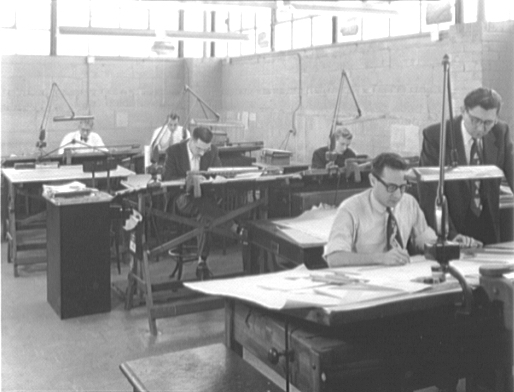Various shifts in society – arguably the development of technical counterparts to the modern bureaucratic state – started around 1900 and had huge effects on the world of engineering and construction. One of those changes was the licensing of engineers to create a standard (there’s that word again) for judging minimum competence. In 1907, Wyoming was the first state in the US to require engineers to be licensed; a few states followed in the next few years and then a large group (including New York) around 1920.
The other change was the standardization of everything other than design itself. This series of blog posts was triggered by me reading Engineering Rules: Global Standard Setting Since 1880, which is interesting even if you’re not as engrossed by this topic as I am. Early on in the book, a minor mystery is solved: the organization I think of as the American Society for Testing and Materials was incorporated in 1902 as the American Society for Testing Materials, but is listed on its website as having been founded in 1898. It turns out that the organization had been founded as the American Section of the International Association for Testing Materials but split off over disagreements about both organizational structure and technical standards. The ASTM began by testing industrial materials but has gradually branched out into testing everything that can be tested.
For me, the defining quote concerning the early days of standards testing refers to why the British Standards were developed at the beginning of the twentieth century: “In the past there has been an excess of originality in engineering work.” Engineers see ourselves as problem-solvers, and like new problems that require some creative thought. But not everything needs a new solution: one of the clichés that young engineers are told endlessly is “Don’t reinvent the wheel.” If we had to work out a steel spec – or even a concrete mix – every time we wanted to use material, that would be an excess of originality. The use of standards – from material specs to beam sizes to typical details – allows us to focus whatever originality we have on problems that need it.



